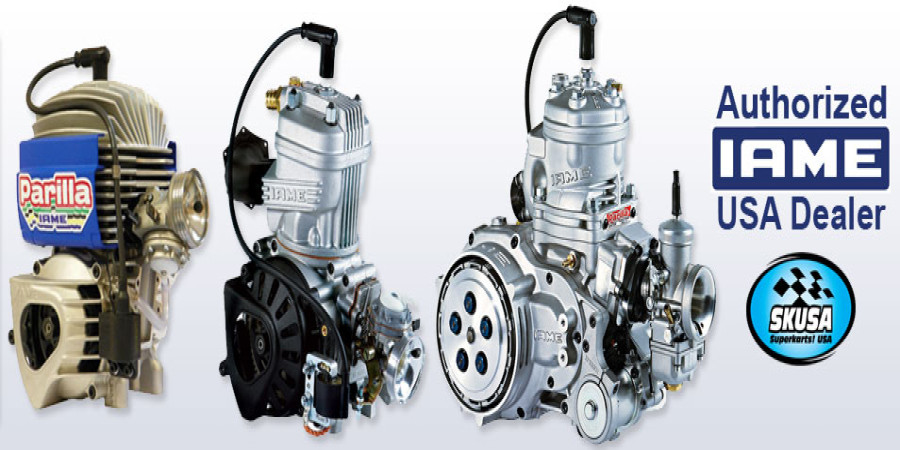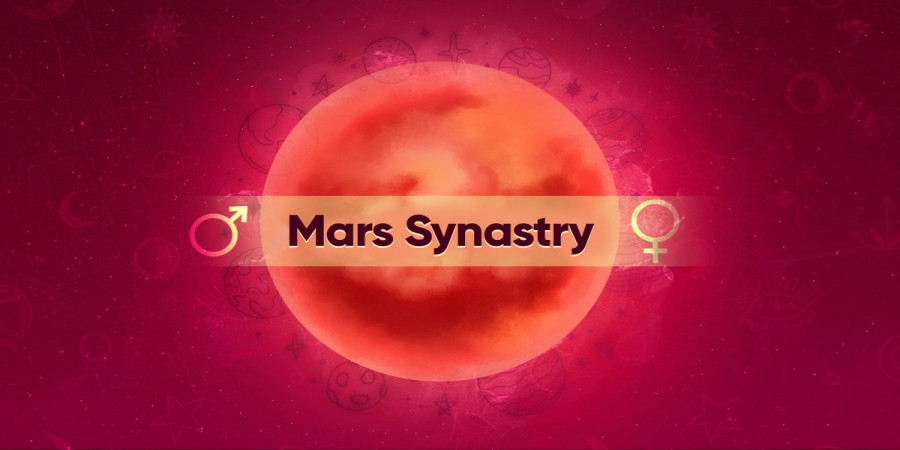

Unleashing the Power: A Guide to 2-Stroke Go-Kart Engines
Go-kart racing offers an exhilarating blend of speed, adrenaline, and the thrill of competition. At the heart of these miniature racing machines lies the engine, and for those seeking raw power and a unique driving experience, the 2-stroke engine reigns supreme. In this blog, we'll delve into the world of 2-stroke go-kart engines, exploring their workings, advantages, and considerations when getting into the sport.
The Principle of the 2-Stroke
Unlike the more common 4-stroke engines found in everyday vehicles, a 2-stroke engine completes its power cycle in just two movements of the piston – one upstroke and one downstroke. Here's how it works:
-
Intake and Compression: As the piston moves upward, it compresses a mixture of fuel and air previously drawn into the crankcase. Simultaneously, a fresh fuel-air mixture enters the crankcase through an intake port.
-
Power and Exhaust: At the top of the stroke, the spark plug ignites the compressed mixture, driving the piston downward in the power stroke. As the piston descends, it uncovers an exhaust port, allowing burnt gases to escape, and a transfer port, through which the fresh fuel-air mixture is pushed into the cylinder.
Pros and Cons of 2-Stroke Go-Kart Engines
-
Advantages
- High Power-to-Weight Ratio: 2-stroke engines generate more power per unit of weight compared to 4-strokes, leading to blistering acceleration and high top speeds.
- Simplicity: Their simpler design makes them easier to maintain and repair.
- Intense Driving Experience: The raw power delivery and high-revving nature of 2-strokes offer a unique and thrilling go-karting experience.
-
Disadvantages
- Frequent Maintenance: 2-strokes require more frequent rebuilds due to their high operating RPMs.
- Oil and Fuel Mixture: They necessitate a pre-mixed blend of gasoline and oil, unlike 4-strokes that have separate lubrication systems.
- Environmental Considerations: 2-stroke engines generally produce more emissions than their 4-stroke counterparts.
Popular 2-Stroke Engine Classes
Several popular 2-stroke go-kart engine classes exist, each with its own power characteristics and regulations:
- KA100: A widely used class focused on affordability and equal performance, with air-cooled engines.
- X30: A high-performance liquid-cooled class offering significant power and higher top speeds.
- ROK GP: A liquid-cooled class utilizing engines manufactured by Vortex, known for reliability and balanced performance.
Choosing a 2-Stroke Go-Kart Engine
The right 2-stroke engine for you depends on several factors:
- Budget: 2-stroke engines can range in price. Consider maintenance and rebuild costs as well.
- Experience Level: Beginner-friendly classes like KA100 offer a great introduction, while more powerful options suit experienced racers.
- Local Regulations: Check which engine classes are popular and supported at your local tracks.
References
- Vortex Engines: 'https://vortex-engines.com/motori-rok-gp_en.php'
- [Point Karting - Racing Go Kart Engines]([https://forums.kartpulse.com/t/reliable-and-affordable-2-strokes/6750
In Conclusion
2-stroke go-kart engines embody the spirit of pure, unadulterated racing. Their simplicity hides a potent power delivery, promising an unrivaled experience for karting enthusiasts. If you're ready for the challenge and thrill of harnessing this raw power, the world of 2-stroke go-karting awaits!
Let me know if you'd like any modifications or have specific areas you want to focus on more!
Popular articles

Apr 11, 2024 07:40 PM

May 25, 2024 08:09 PM

Apr 11, 2024 07:22 PM

Apr 10, 2024 07:59 PM

Mar 14, 2024 07:53 PM
Comments (0)